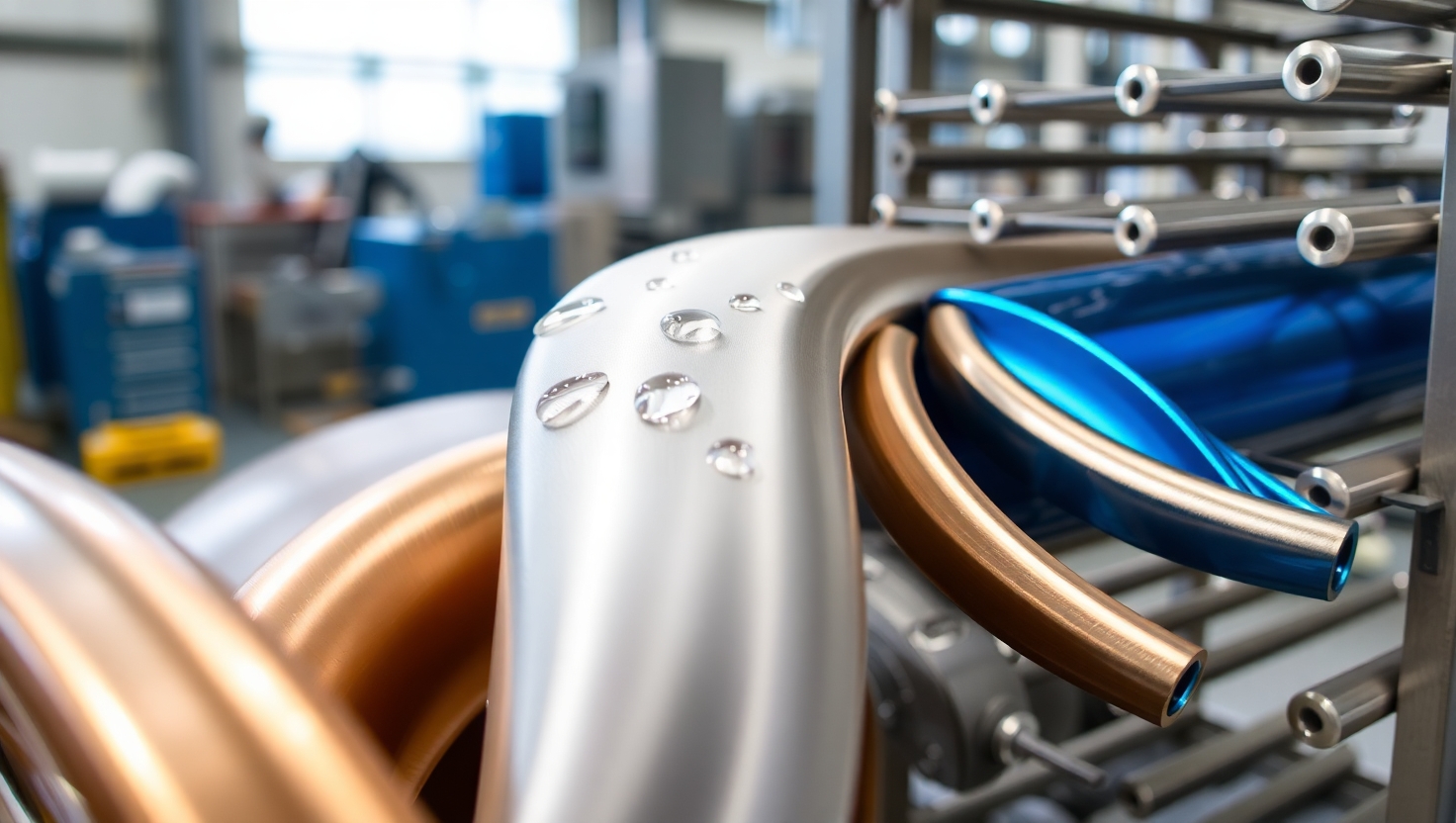Anodizing Improves Corrosion Resistance and Aesthetics
Published by: ALUTimes | Date: July 10, 2025
Introduction
Anodizing is one of the most effective treatments for aluminium surfaces, offering a double benefit of increased corrosion resistance and enhanced visual appeal. As industries look for both performance and design, anodizing is becoming a preferred finishing process for aluminium across sectors such as architecture, automotive, aerospace, electronics, and consumer goods.
What Is Anodizing?
Anodizing is an electrochemical process that thickens the natural oxide layer on the surface of aluminium. Unlike coatings or paints that sit on top of the metal, anodizing transforms the outer layer into a tough, protective barrier that is integrated with the base metal.
Corrosion Resistance: The Science Behind It
Aluminium naturally forms a thin oxide layer when exposed to air. However, this layer is often too thin to offer long-term protection in harsh environments. Anodizing artificially thickens this oxide layer, typically to 5–25 microns in standard applications and up to 100 microns for hard anodizing.
The resulting anodized layer is:
- Non-conductive and non-reactive, protecting against chemical and environmental attack
- Resistant to saltwater and acidic rain, making it ideal for marine and outdoor use
- Porous before sealing, allowing for sealing compounds or dyes that increase protection further
Real-World Benefits in Corrosive Environments
- Architecture: Anodized window frames and curtain walls remain rust-free even in coastal cities
- Automotive: Alloy wheels and trim components resist road salt and weather
- Electronics: Protects enclosures in humid and chemical-prone industrial areas
- Aerospace: Used on aircraft fuselages and components exposed to fuel and jet exhaust
Aesthetics: More Than Just Surface Beauty
Besides corrosion resistance, anodizing offers design flexibility through color, texture, and gloss control. Because the anodized layer is transparent, dyes can be infused to produce vivid metallic finishes that don’t peel or flake.
Benefits include:
- Color retention: UV-stable dyes last much longer than painted surfaces
- Texture control: Matte, satin, or glossy finishes can be achieved
- Consistency: Ideal for mass production with uniform appearance
Why Designers and Engineers Prefer Anodizing
- Allows branding and product identification with colored finishes
- Offers a modern, high-end metallic look
- Reduces long-term maintenance costs due to increased durability
- Environmentally friendly—non-toxic and recyclable
Sealing the Surface for Maximum Benefit
After anodizing, the surface is sealed using hot water or nickel acetate, which closes the pores of the oxide layer. This step is critical to locking in dyes and enhancing corrosion resistance. Improper sealing can lead to premature color fading or spotting.
Limitations to Keep in Mind
While anodizing offers excellent protection, it may not be ideal for every application. It’s best for aluminium and its alloys, but not suitable for other metals. Also, heavy wear or extreme pH environments might require special hard anodized coatings.
Conclusion
Aluminium anodizing is a powerful technique to enhance both corrosion resistance and visual appeal. Whether you’re designing a high-rise building façade or a sleek consumer device, anodizing offers a long-lasting, low-maintenance solution with sustainability benefits. As industries continue to innovate, anodizing remains a foundational surface treatment in modern design and manufacturing.
Disclaimer
This article is for educational purposes only. ALUTimes does not offer technical advice or engineering certification. Always consult a qualified specialist for product-specific anodizing applications.

